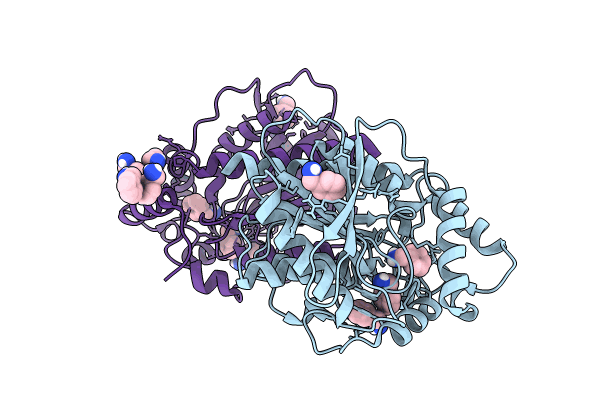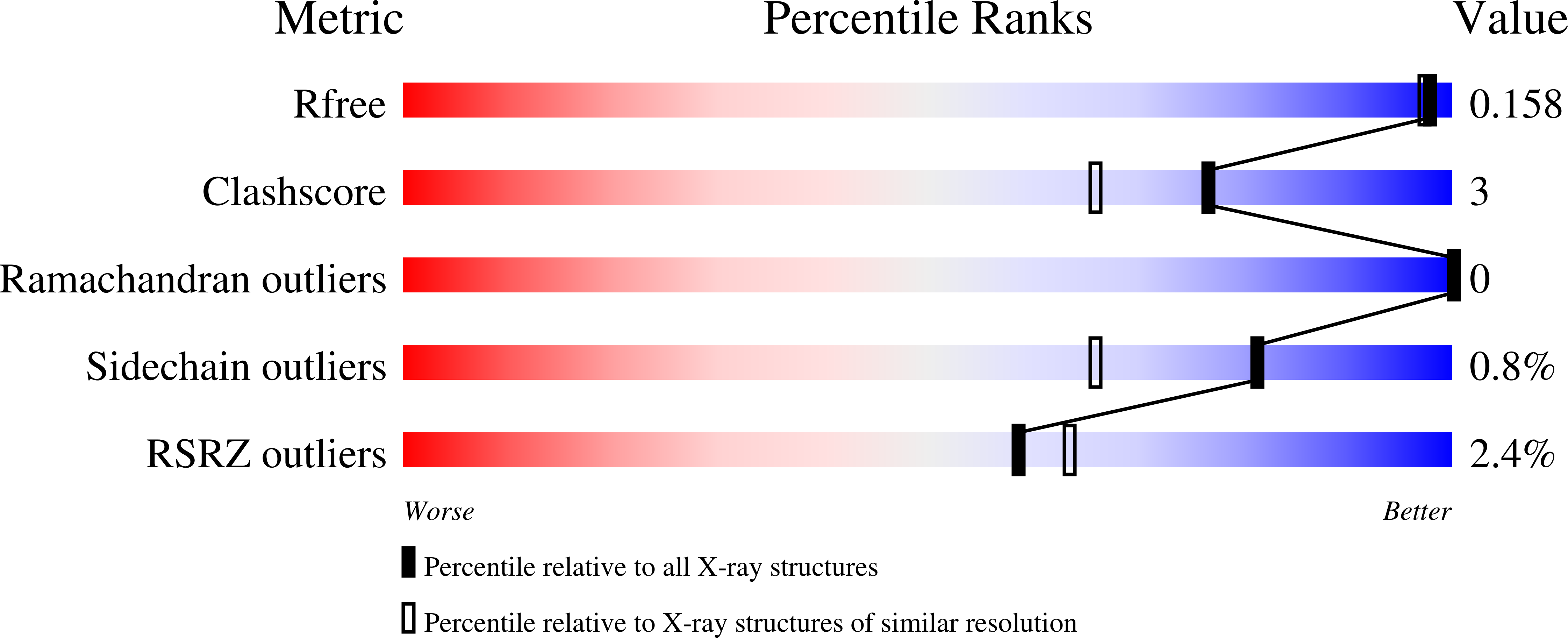
Deposition Date
2023-05-30
Release Date
2024-06-12
Last Version Date
2025-01-15
Entry Detail
PDB ID:
8P7E
Keywords:
Title:
Crystal structure of the lipase SpL from Sphingomonas sp. HXN-200 in complex with benzylamine
Biological Source:
Source Organism:
Sphingomonas sp. (Taxon ID: 28214)
Host Organism:
Method Details:
Experimental Method:
Resolution:
1.50 Å
R-Value Free:
0.15
R-Value Work:
0.13
Space Group:
P 1 21 1


